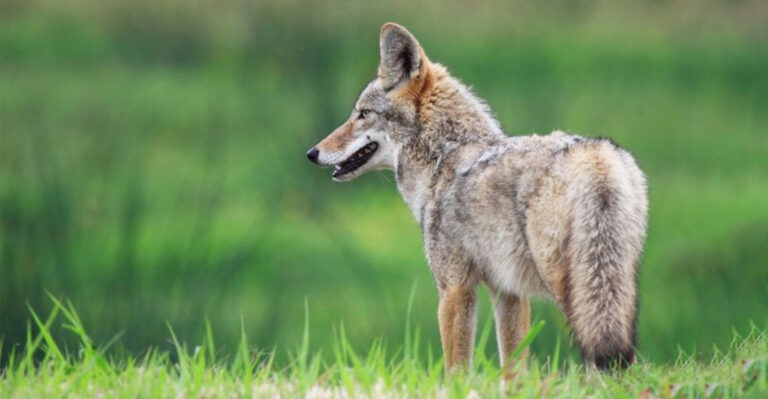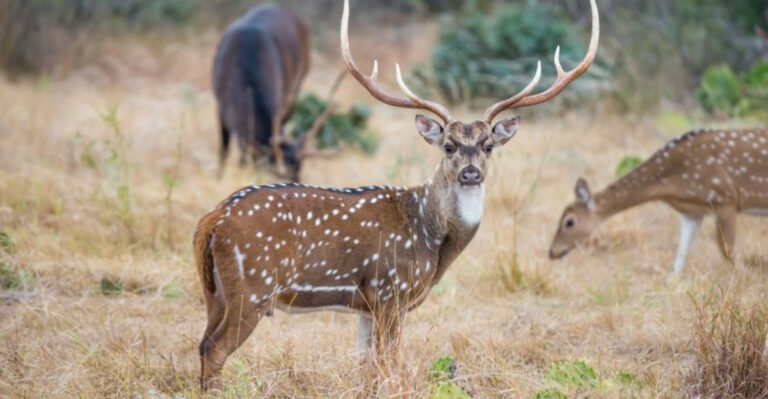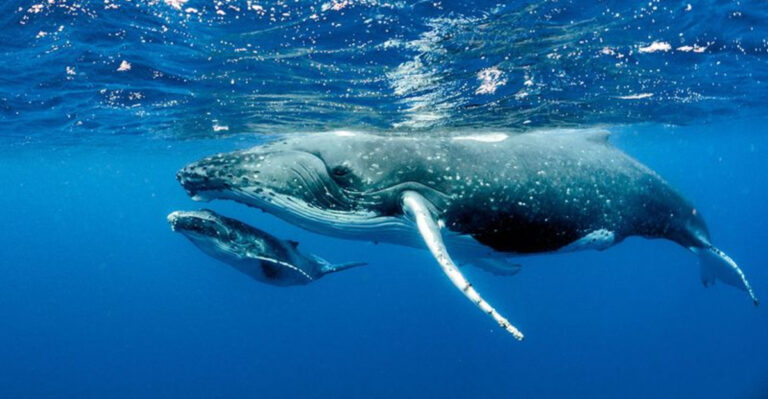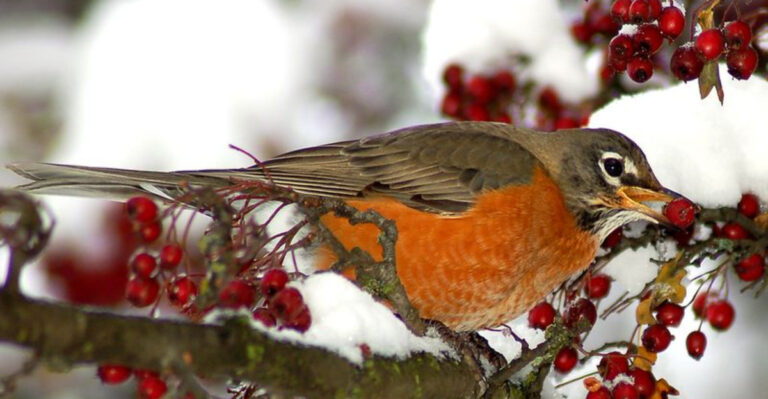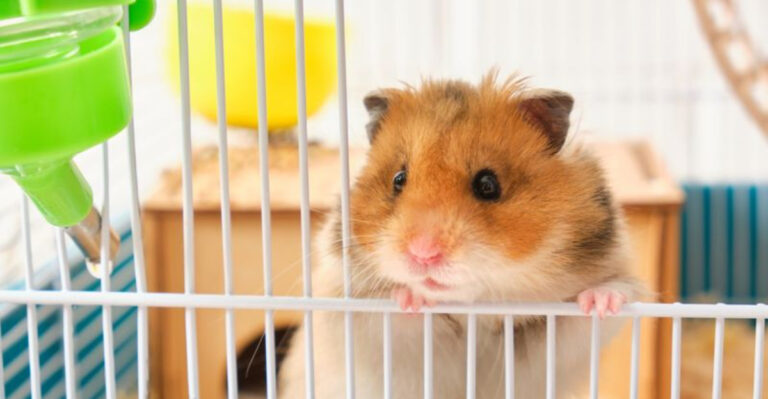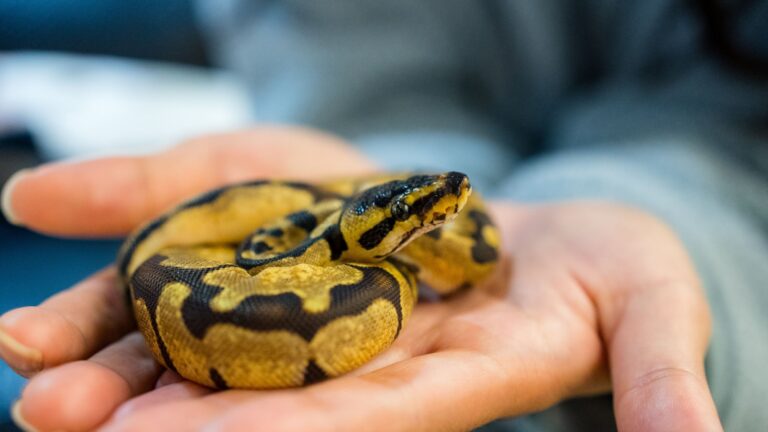These 15 Bird Species Have Lost Half Their Populations – Can They Still Be Saved?
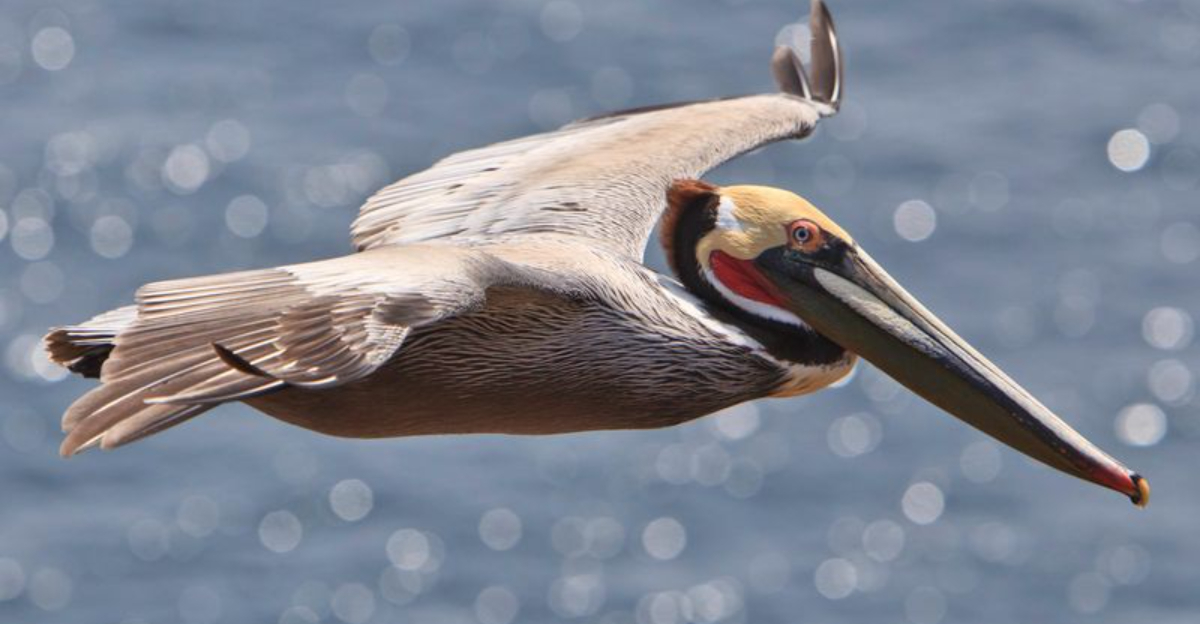
Birds around the world face growing threats from habitat loss, climate change, and human activities. Many once-common species have seen their numbers plummet by more than half in recent decades.
While the situation seems dire, conservation efforts are making a difference for some of these struggling birds, giving us hope that they might bounce back from the brink.
1. Sky Dancers In Trouble
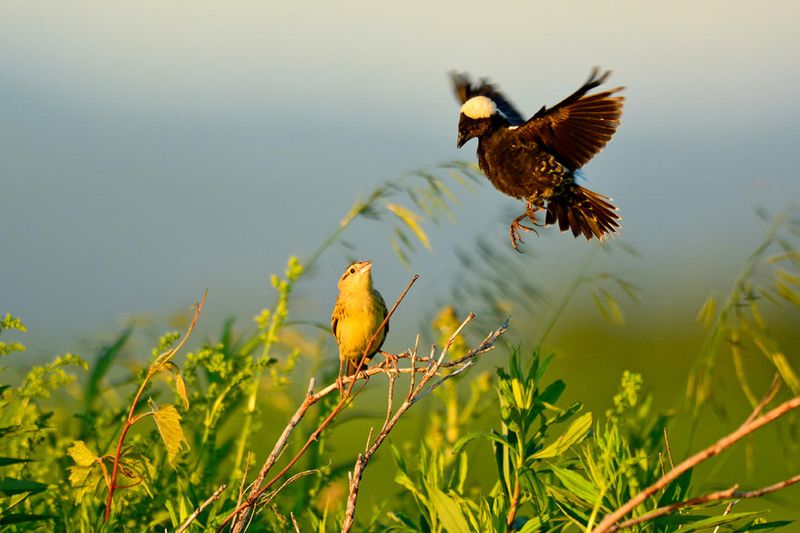
Once filling springtime meadows with spectacular aerial displays, bobolinks have declined by 60% since the 1970s. Their breeding grounds have been converted to farmland or developed at alarming rates.
These long-distance migrants face additional challenges during their remarkable 12,000-mile round-trip journey between North and South America each year. Conservation efforts now focus on incentivizing farmers to delay hay harvesting until after nesting season.
2. Ocean Wanderers At Risk
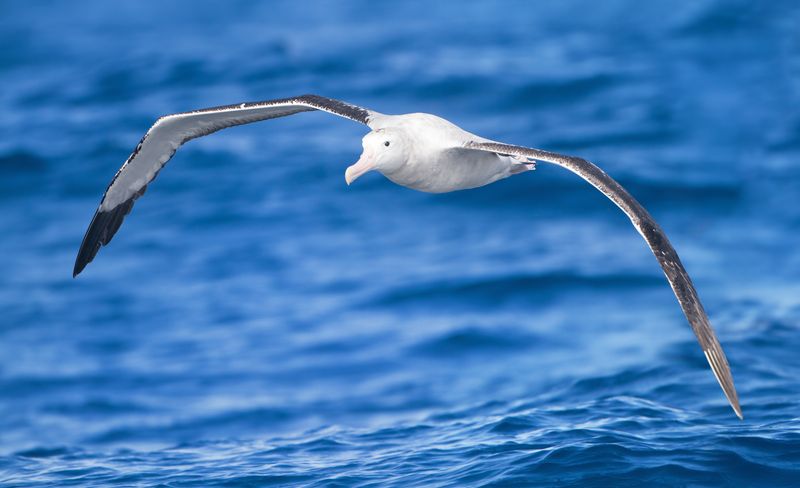
Gracefully soaring above vast oceans for years without touching land, albatrosses now face a population crisis. These magnificent seabirds with wingspans reaching 11 feet have declined dramatically due to longline fishing.
Thousands drown annually after being hooked while trying to grab bait. Climate change also disrupts their feeding patterns, while plastic pollution fills their stomachs. Simple fishing gear modifications like bird-scaring lines could save countless lives.
3. Prairie Ghosts Fading Away
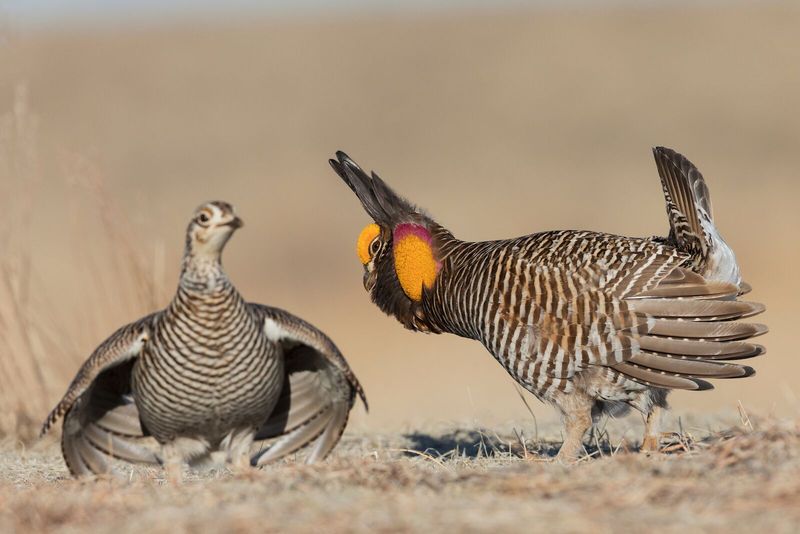
Imagine a bird that booms like thunder and dances like it’s putting on a Broadway show! Greater prairie chickens once numbered in the millions across America’s grasslands. Today, barely 200,000 remain.
Their spectacular mating grounds (called leks) are disappearing as native prairies are converted to farmland. In some states, dedicated conservationists are working to restore grassland habitat and reintroduce these charismatic birds before they vanish completely.
4. Forest Drummers Going Silent
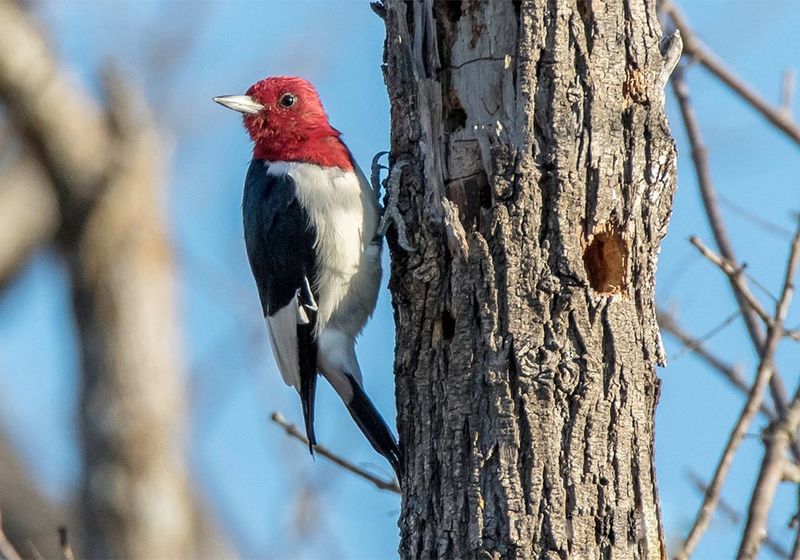
With their flaming red crests and powerful drilling abilities, red-headed woodpeckers have always been forest celebrities. Sadly, these striking birds have lost 70% of their population since the 1970s.
The removal of dead trees (their favorite nesting spots) and competition from invasive European starlings for nesting cavities have hit them hard. Leaving standing dead trees in woodlands and installing specialized nest boxes offer these woodland drummers a fighting chance.
5. Coastal Ghosts Nearly Gone
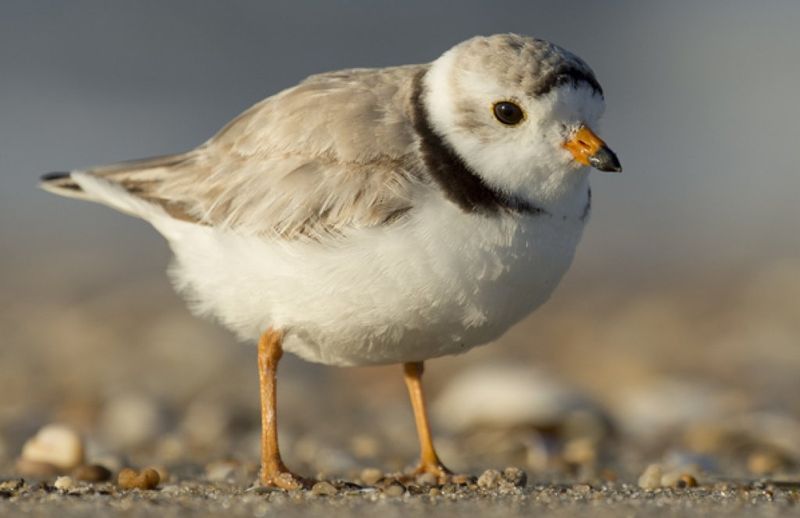
Running along shorelines like wind-up toys, piping plovers are among North America’s most endangered shorebirds. These sand-colored birds blend perfectly with beach environments, making their nests nearly invisible.
Beach development, off-road vehicles, and unleashed dogs have devastated their numbers. Simple solutions like roping off nesting areas and keeping dogs leashed during breeding season have helped some populations begin to recover from fewer than 800 pairs in the 1980s.
6. Rainbow Beauties In Decline
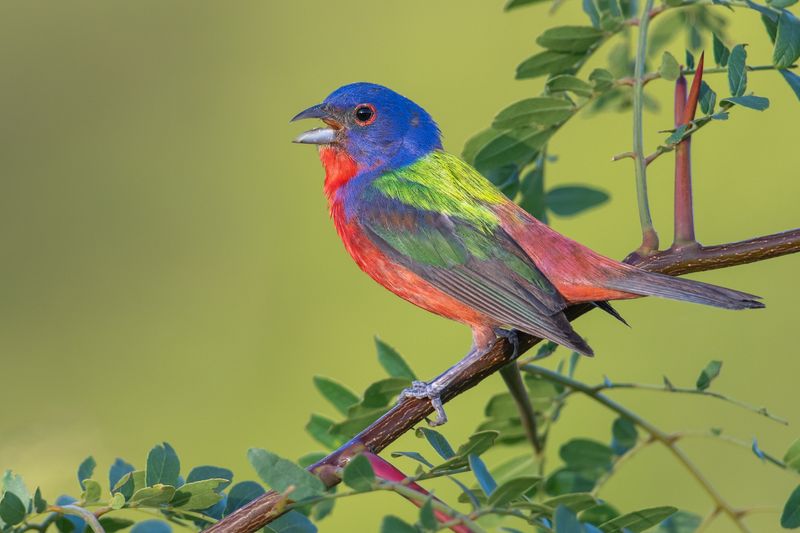
Flashing brilliant colors as they dart between flowers, painted buntings look like they escaped from an artist’s palette! Despite their eye-catching appearance, these songbirds have experienced a steady 55% population decline.
Habitat fragmentation throughout their southeastern US breeding grounds has left them vulnerable. Nest parasitism by cowbirds further threatens their reproduction. Creating backyard habitats with native plants and proper feeding stations gives these living rainbows a chance to rebound.
7. Arctic Messengers Disappearing
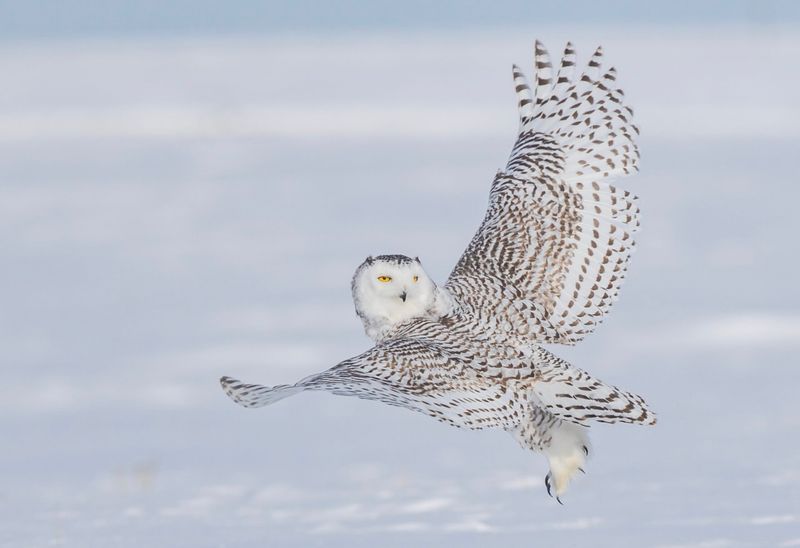
Like flying snowflakes against the tundra, snowy owls have captivated humans for centuries. These magnificent Arctic hunters have declined by approximately 64% globally, shocking researchers who once thought they were secure.
Climate change is rapidly altering their hunting grounds and affecting lemming populations – their primary food source. Collision with vehicles and power lines during their winter migrations to southern Canada and northern US states adds to their troubles. Conservation efforts now focus on protecting critical winter habitat.
8. Meadow Singers Falling Silent
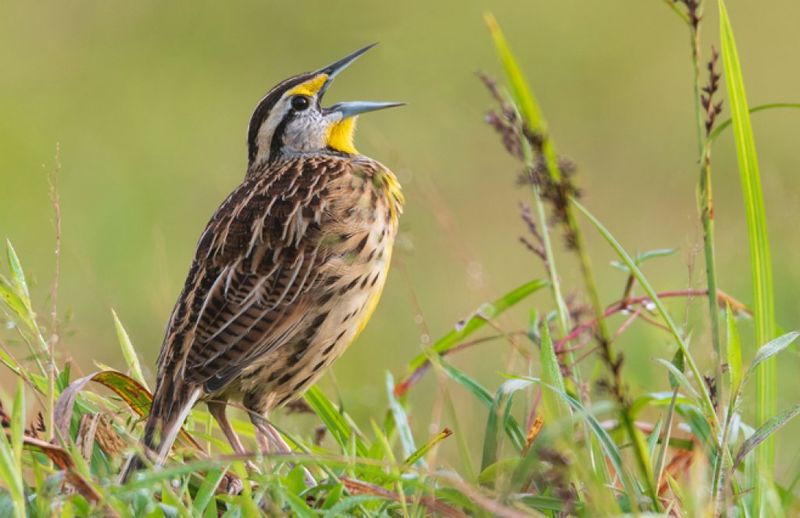
Rising from grassy fields on fluttering wings while singing their hearts out, eastern meadowlarks create the soundtrack of rural America. Yet these yellow-breasted songsters have suffered a devastating 75% population crash since 1970.
Agricultural intensification, pesticide use, and early mowing of hayfields destroy nests before young can fledge. Their decline signals broader ecosystem problems. Farmer-friendly conservation programs that delay mowing and reduce pesticide use offer hope for their recovery.
9. Desert Roadrunners Racing Extinction
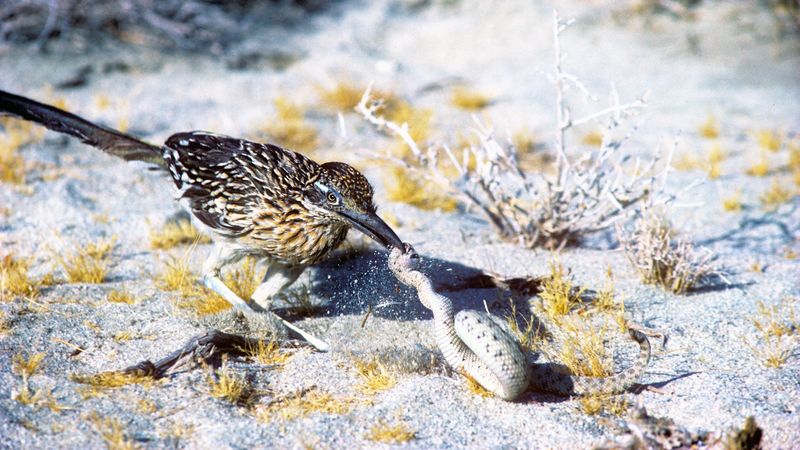
Forget the cartoon character – real greater roadrunners are fascinating desert specialists that can outrun lizards and snakes! These charismatic ground-dwelling birds have lost over half their population in parts of the American Southwest.
Urban sprawl fragments their desert habitat, while roads create deadly barriers. Climate change intensifies desert conditions beyond even their remarkable adaptations. Creating wildlife corridors between developed areas and preserving native desert vegetation gives these iconic birds a fighting chance.
10. Tropical Jewels Losing Sparkle
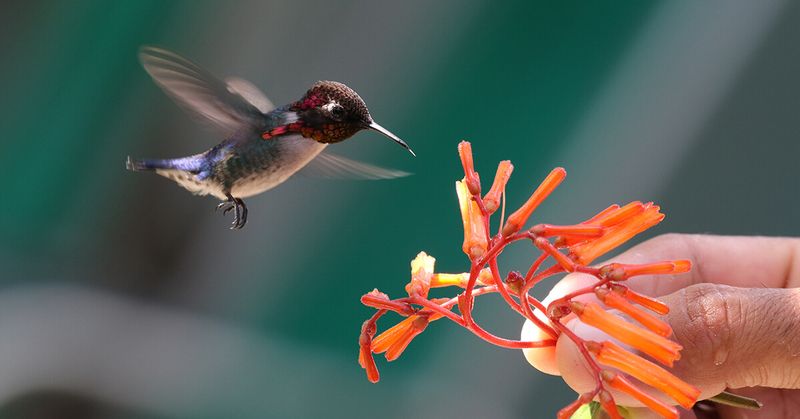
Hovering like living gemstones, hummingbirds represent nature’s perfection in miniature form. Several species, including the ruby-throated hummingbird, have declined by over 50% in parts of their range.
Tropical deforestation destroys their wintering grounds, while climate change disrupts the timing of flower blooms they depend on. Neonicotinoid pesticides contaminate the nectar they drink. Planting native flowering plants and creating hummingbird-friendly gardens can provide crucial refueling stations during their incredible migrations.
11. Swamp Singers Growing Scarce
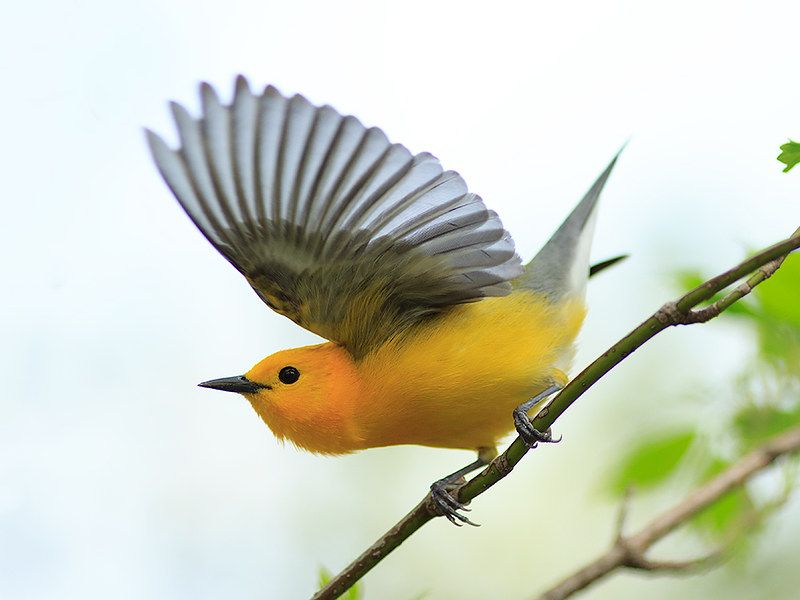
Filling southern swamps with hauntingly beautiful songs, prothonotary warblers glow like golden lanterns among cypress trees. These cavity-nesting songbirds have experienced a 60% population crash since the 1960s.
Wetland drainage and bottomland forest clearing have eliminated much of their specialized habitat. Dams and water control structures alter the flooding patterns they’ve evolved with. Conservation success stories in wildlife refuges show they can recover when given proper habitat and nesting opportunities.
12. Island Treasures Nearly Lost
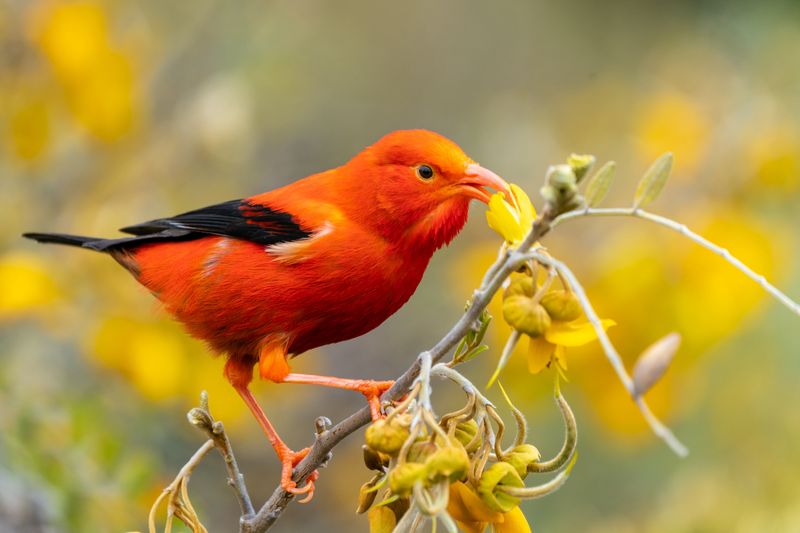
Found nowhere else on Earth, Hawaii’s honeycreepers evolved into a rainbow of specialized species. Tragically, of the original 50+ species, only 17 remain – most critically endangered with fewer than 5,000 individuals left.
Introduced mosquitoes carrying avian malaria have devastated populations, while invasive predators and habitat loss compound their troubles. Innovative conservation approaches including captive breeding, predator control, and even genetic modification of mosquitoes offer last-ditch hopes for survival.
13. Mountain Sentinels Vanishing
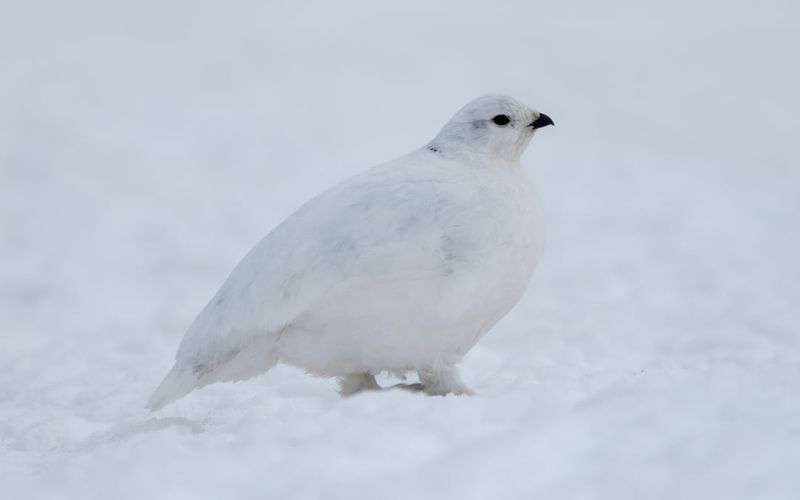
Perched atop the highest peaks, white-tailed ptarmigans change from brown to snow-white as seasons shift. These alpine specialists have declined by approximately 66% in parts of their range.
As climate change shrinks alpine zones, these birds have nowhere higher to go. Their remarkable camouflage and cold-weather adaptations become useless as mountain habitats warm. Conservation efforts focus on protecting remaining high-elevation habitats and reducing other stressors like recreation impacts.
14. Grassland Gliders In Trouble
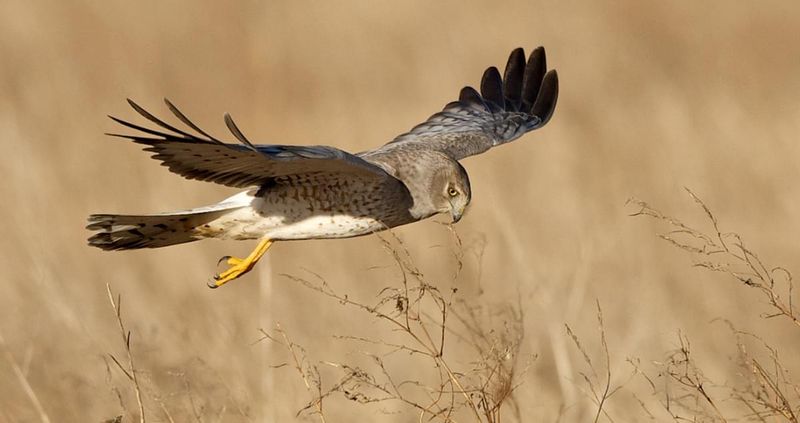
Soaring effortlessly on thermal currents, northern harriers (marsh hawks) once patrolled grasslands across North America. Their distinctive owl-like faces and V-shaped wing posture make them unmistakable hunters.
Agricultural intensification and wetland drainage have eliminated 60% of their population. These ground-nesters require tall, undisturbed grassland for breeding success. Conservation programs that incentivize farmers to maintain grassland habitat have shown promising results in some regions.
15. Seafaring Hunters Struggling
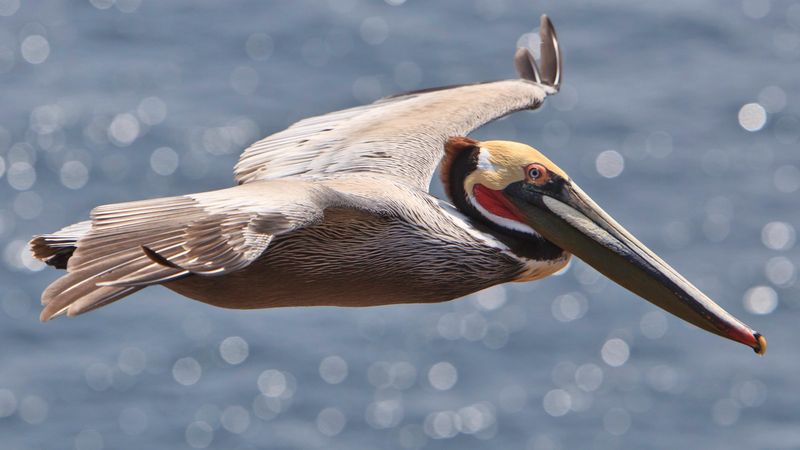
Diving from spectacular heights to spear fish with missile-like precision, brown pelicans represent one of conservation’s greatest comeback stories – and potentially one of its greatest heartbreaks.
After recovering from DDT poisoning that nearly wiped them out, they now face new threats. Oil spills, fishing line entanglement, and declining fish stocks have caused recent population crashes of over 50% in some regions. Continued vigilance and marine protected areas offer hope for these coastal icons.

